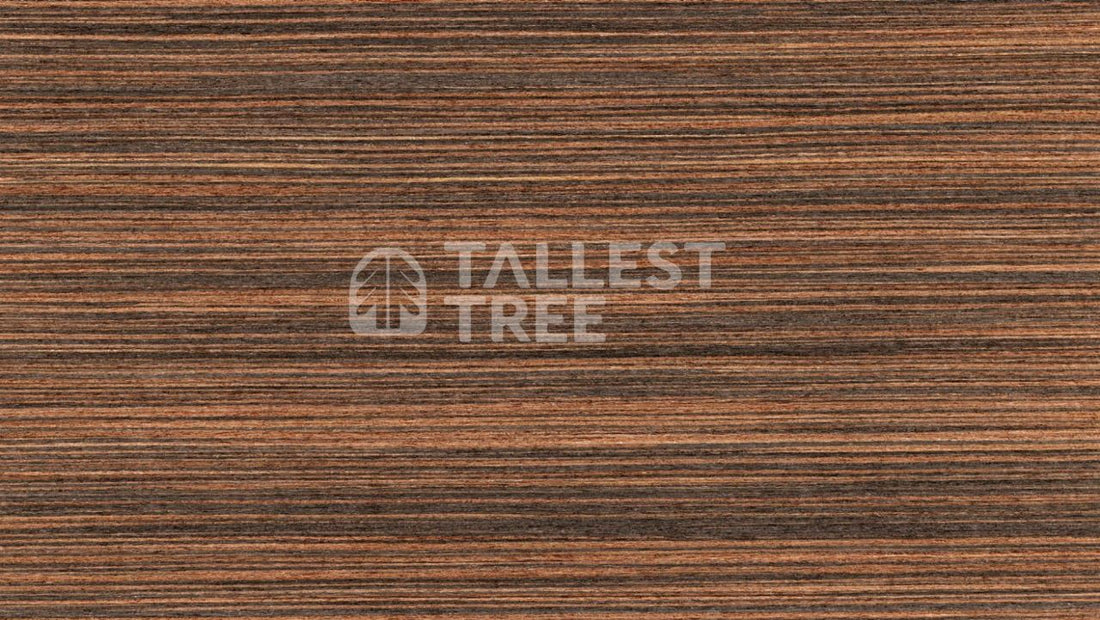Wenge wood has long been coveted for its unique beauty. Its dark tones evoke a feeling of luxury, while the subtle grain patterns remain in the background but add a certain depth wherever they are incorporated. Wenge wood is known for being versatile and perfect for creating uniquely beautiful pieces, from furniture to flooring, this type of hardwood brings an elegant touch to any space you choose to use it in. In this blog post, we'll explore all that wenge wood has to offer and discover why so many homeowners have grown smitten with its allure!
Definition
Wenge wood, latin name Millettia Laurentii, is a type of hardwood known for its dark, rich color and distinctive grain pattern. It is native to central Africa and has traditionally been used for furniture, flooring, and musical instruments due to its durability and beauty. Wenge wood is prized for its striking appearance. Its unique aesthetic has made it a popular choice among designers and architects looking to add a touch of natural elegance to their projects. However, this species is listed as endangered, so due to its scarcity and the slow rate at which it grows, Wenge wood is often quite expensive and can be difficult to find.

Wenge Wood Characteristics
Appearance
The heartwood of Wenge displays a medium brown color accompanied by reddish or yellowish streaks, as well as some nearly black streaks. However, when a wood treatment, particularly an oil finish, is applied, the wood can appear almost black. Notably, unlike many other dark hardwoods, Wenge's heartwood has the tendency to lighten rather than darken when exposed to sunlight.
Grain Patterns
In terms of its grain and texture, Wenge exhibits a straight grain pattern along with a slightly coarse texture. The wood's natural luster is relatively low.

Durability
Wenge possesses exceptional durability and exhibits excellent resistance to rot making it highly resistant to termites.
Workability
Working with Wenge can pose challenges when using both hand and machine tools. The wood tends to dull tool edges and sands unevenly due to density variations between the lighter and darker sections which makes it a little difficult to work with. Therefore, when handling unfinished wood with bare hands, caution should be exercised to avoid larger splinters that pose a greater risk of infection. Additionally, achieving a very smooth and level finish may prove difficult due to the presence of large pores that are challenging to fill.
Uses
Wenge is particularly renowned for its remarkable resistance to abrasion and scratches making it highly suitable for applications where durability is crucial. Thus, it is commonly used for making veneer, furniture, turned objects, paneling, and musical instruments.

Unique Benefits
Wenge wood is renowned not only for its captivating color and aesthetic appeal but also for its distinctive partridge wood pattern, as mentioned earlier. However, what hasn't been previously discussed is its utilization for medicinal purposes in Central African traditional medicine. The bark of the Millettia Laurentii tree is utilized in the preparation of remedies that are believed to have healing properties for a wide range of ailments and disorders. These include fever, hernia, diabetes, liver problems, skin issues, rheumatism, constipation, and various others. Additionally, Wenge wood is employed in the creation of medicines for conditions such as smallpox, abscesses, wounds, epilepsy, and more.


